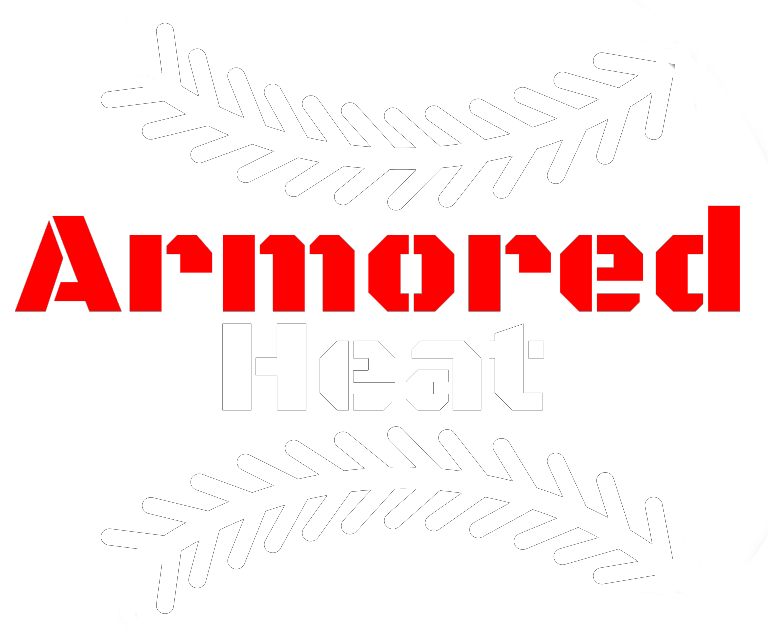Building Throwing Progressions: Using Objective Measurements
This is one of the biggest areas for improvement across the Baseball Sports Medicine and Performance communities. With all of the technology and advancements in the game, there is no way we should be measuring build up throwing intensities with “Feet Thrown” or a “Subjective %”!
We need to be able to quantify the single most important component of a Rehab or Build Up throwing Progression: INTENSITY
HERE’S WHY:
⚾️ For any rehab throwing progression, the goal is to introduce a slightly higher stress to the thrower (specifically the repaired/injured site), then let their body adapt to the new stress, making it their new baseline. Then, we make another small increase in the stresses and repeat this process until they have returned to their normal Frequency, Intensity, and Volumes.
⚾️ Too big of a spike can occur from both errors in being too aggressive or too conservative with throwing intensity. This spike could be caused from making too big of an intensity jump at any point in the throwing progression. It could also be caused by being too conservative in the throwing progression and having to get on a mound or ramp for a game without having a proper workload.
⚾️ Why shouldn’t we use “feet” to measure intensity?
Have you seen somebody throw 90 MPH from 90’? Have you seen somebody throw 65 MPH from 90’? Yes and Yes! Ok, Bad metric for our goals
⚾️ Why shouldn’t we use Perceived % intensity?
We have all seen Little Johnny throw his 50% bullpen at 80 MPH. No, he does not Sit 160 MPH in games last we checked. Too subjective of a metric
HERE’S WHAT WE PREFER:
Starting long term throwing Progressions using a Pulse to monitor Arm Speed. This is great for many reasons:
✅ You can use it as early as the 2 and 1 handed plyometric phases before throwing
✅ It reads at very low arm speeds which is great for post surgical cases
✅ Instant Feedback for Athletes to stay in an Arm Speed Range
✅ Very digestible metric for Athletes to comprehend and understand
In later stages of throwing, we like to transition over to a radar gun for one main reason:
✅ Much easier to compare where they are relative to the End Goal. We can approximate the Velocity each athlete will be around on the mound much more accurately than we can estimate their end goal arm speed


